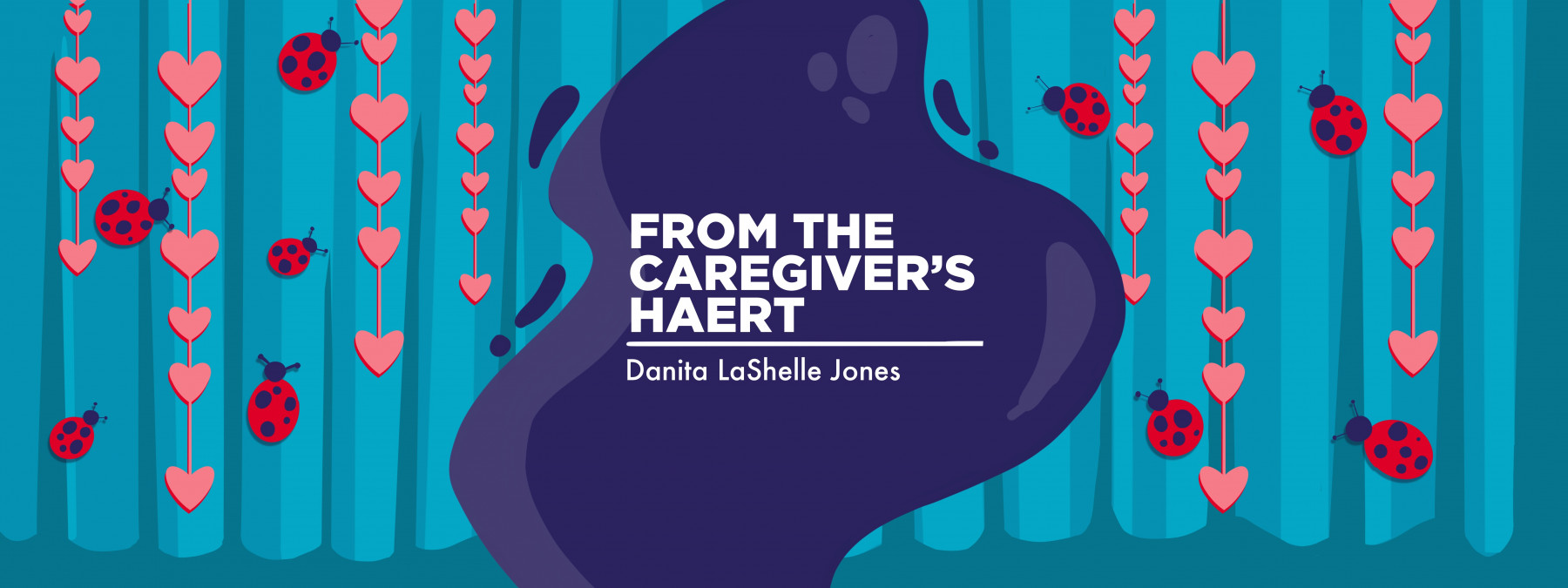Compartmentalization is not your friend when coping with caregiving
Putting aside negative feelings till later is not always the healthiest approach
Written by |

“What are you doing?” the pastor stammered as he stared at me in disbelief.
I’d entered the open door of his office, diligently going over the run sheet for the church’s two worship services that day. After realizing he hadn’t responded with something related to church, I finally registered what he’d actually asked.
“What?” I asked, thinking I misheard him.
“What are you doing here?” he repeated.
“My job,” I retorted. As far as I was concerned, it was a silly question.
As the church’s worship manager and service coordinator, a job combining stage management and air traffic control but with people, I was relied upon to ensure that services ran smoothly. Moreover, because the church had 9 a.m., 10:15 a.m., and noon services, it depended on me to have everything in place so that all programs ended on time.
Because the pastoral staff depended on me, I took the responsibility seriously, rarely taking a weekend off.
When he was silent after I answered him, I looked up from my notes, confused that he was still staring at me, bewildered.
“Danita, your mother just died,” he said. He let the statement hang in the air. “Why are you here?”
“Because someone needs to run the service,” I replied. “Plus, there’s nothing I can do about that now.” I ignored the look on his face and continued debriefing him on what to expect that morning.
The truth was slightly more complex than I was willing to admit. The death of my mother a mere four days earlier was devastating. But to get through helping my grieving father and sister, planning the funeral speakers’ schedules, and coordinating music and singers, I’d done what I’d typically do in those situations: I compartmentalized, placing my feelings in an invisible box to deal with later.
At the time, in 2013, that’s how I preferred it. Grief can be complicated, so I figured I wouldn’t face it at all. However, that faulty logic delayed the necessary steps to work through those complicated feelings, a lesson I didn’t learn until recently.
In 2021, when our oldest daughter, who goes by Ladybug, was diagnosed with hereditary angioedema (HAE), we’d already been on a tumultuous journey. By the time she’d spent four days in pediatric intensive care due to what we now know was a near-fatal laryngeal flare, I’d perfected not dealing with my feelings about how sick she was.
Through recurring abdominal pain that convinced me she was suffering from appendicitis, facial swells resulting in cracked skin and bleeding lips, and countless hospital visits, I’d separate how I felt about the situation and concentrate solely on the task in front of me.
I’d celebrate when I excelled at the at-home emergency infusions, reciting her medications and conditions to medical personnel, or even the many drives to her physician in another city. But the moment I felt contrary to those triumphant feelings, I’d pack it away in a neat little box in my brain.
Yet on a fateful day in the public library parking lot, everything came tumbling out with tears, and I was forced to acknowledge what was in that caregiving “box.”
Being caregivers to a child with HAE, especially when it’s the first time we’ve ever heard of the disease, can overwhelm the senses. The diagnosis can bring about feelings of guilt, devastation, anger, weariness, and frustration. But to ensure the loved one gets all they need, caregivers might think they should stack those feelings away.
That’s not the case.
It’s crucial for a caregiver to feel what they feel. Sure, celebrating the wins is OK, but grappling with the feelings behind the disappointments is almost more important.
One of my favorite quotes by James Baldwin says, “Not everything that is faced can be changed, but nothing can be changed until it is faced.”
Although we may not be able to change our circumstances, we can start the process of feeling better when we actually acknowledge them.
Note: Angioedema News is strictly a news and information website about the disease. It does not provide medical advice, diagnosis, or treatment. This content is not intended to be a substitute for professional medical advice, diagnosis, or treatment. Always seek the advice of your physician or other qualified health provider with any questions you may have regarding a medical condition. Never disregard professional medical advice or delay in seeking it because of something you have read on this website. The opinions expressed in this column are not those of Angioedema News or its parent company, Bionews, and are intended to spark discussion about issues pertaining to angioedema.







Leave a comment
Fill in the required fields to post. Your email address will not be published.